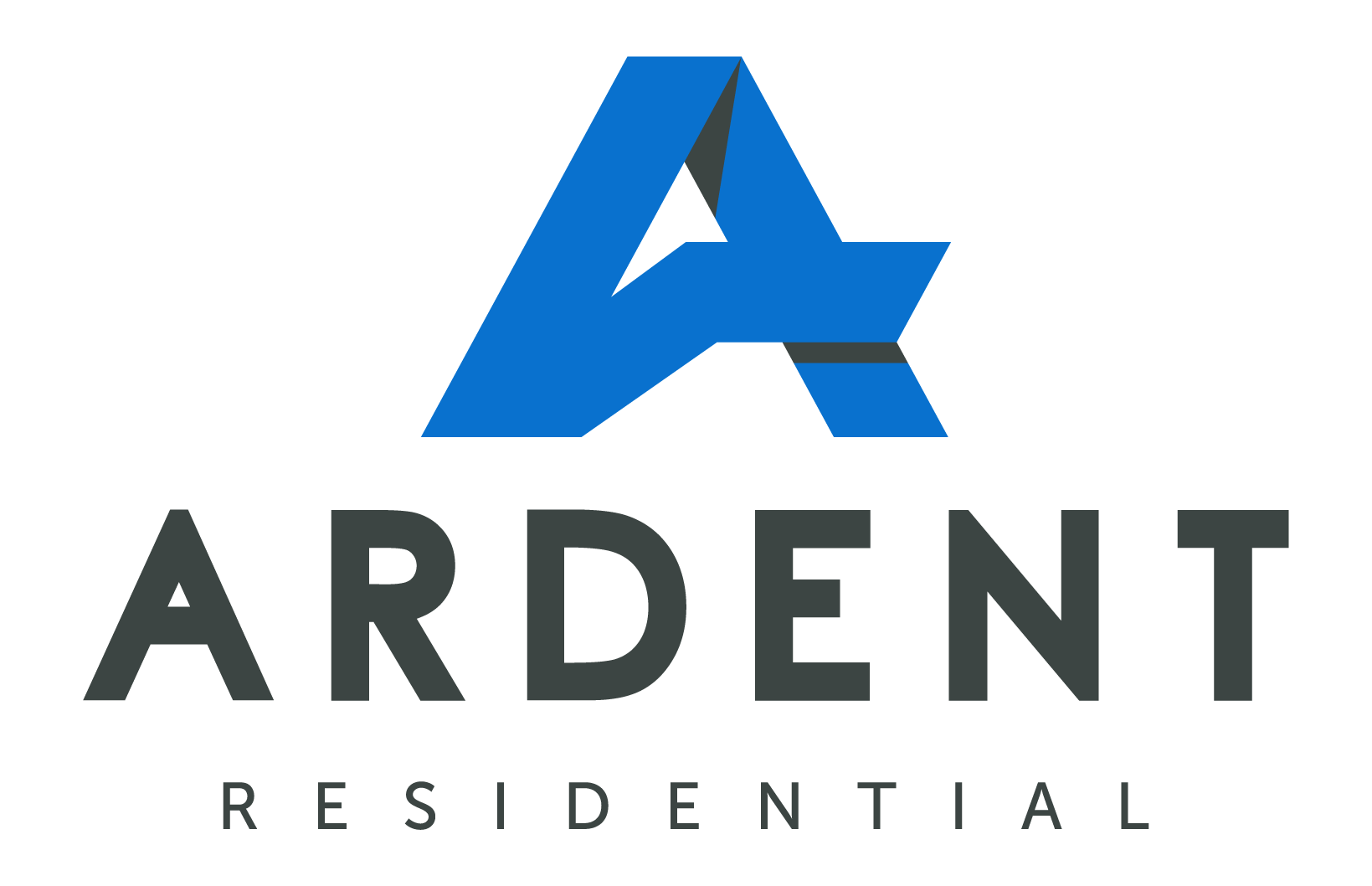1. Overcommunicate consistently.
A communicative board is an active board. And when it comes to communicating within your HOA, the primary goal is to send your message clearly and accurately to as many of your residents as possible at consistent times.
Residents want to know where their money goes. It is quite common for some boards to receive complaints on how dues are utilized.
When residents see that their money is put to good use, they’ll see the value of HOA fees and appreciate them more. Some might even start turning up at HOA resident meetings and engage more in HOA projects.
2. Conduct a survey.
If you haven’t, you have to know what modes of communication your residents prefer and how often they want to receive news, updates, and financial reports. And the best way to do it is by conducting a “communication” survey.
Holding a survey may require some serious effort, but the pay off is high. You can save money and trouble by dropping or downsizing communication channels that are ineffective (and maybe expensive too). Then you can focus on channels that actually get you the results.
You may also ask your residents how often you may send them news and updates PER CHANNEL.

3. Use multiple communication channels.
Younger residents may prefer to get updates via social media and email. Older residents may prefer printouts and verbal communication (face-to-face or by phone).
You can’t rely on just one communication channel to get the word out. If it’s a new technology, consider the learning curve and the time and effort it requires for the residents to build the habit of using the new communication channel.
Also in some instances, some communication channels are better for a certain purpose than others. Texts are great for emergencies and reminders, but it’s not great for long HOA updates and Memorial Day messages.
4. Assess your resources.
Some staff members may be tech-savvy and are great at utilizing electronic or digital communication channels. Some others may be great at disseminating printouts and relaying messages verbally. Put people in roles that highlight their strengths.
Some communication channels that your residents want may be new to you. Don’t shy away from them. It can be learned and you can be good at utilizing it in just a few months.
Aside from human resources, you should also check the budget, equipment, and services that you need to use the preferred communication channels. Especially for some digital channels, you will need to pay for the service to use premium features.

5. Have a streamlined communication process.
So much has been discussed about sending out messages to your community. But it is also equally important to keep your lines open when they need you.
How can they reach you for questions and requests? What is the expected response time? Do you entertain inquiries 24/7? What is the process for filing a complaint on a neighbor?
These are the things that you have to set, implement, and educate them about.





